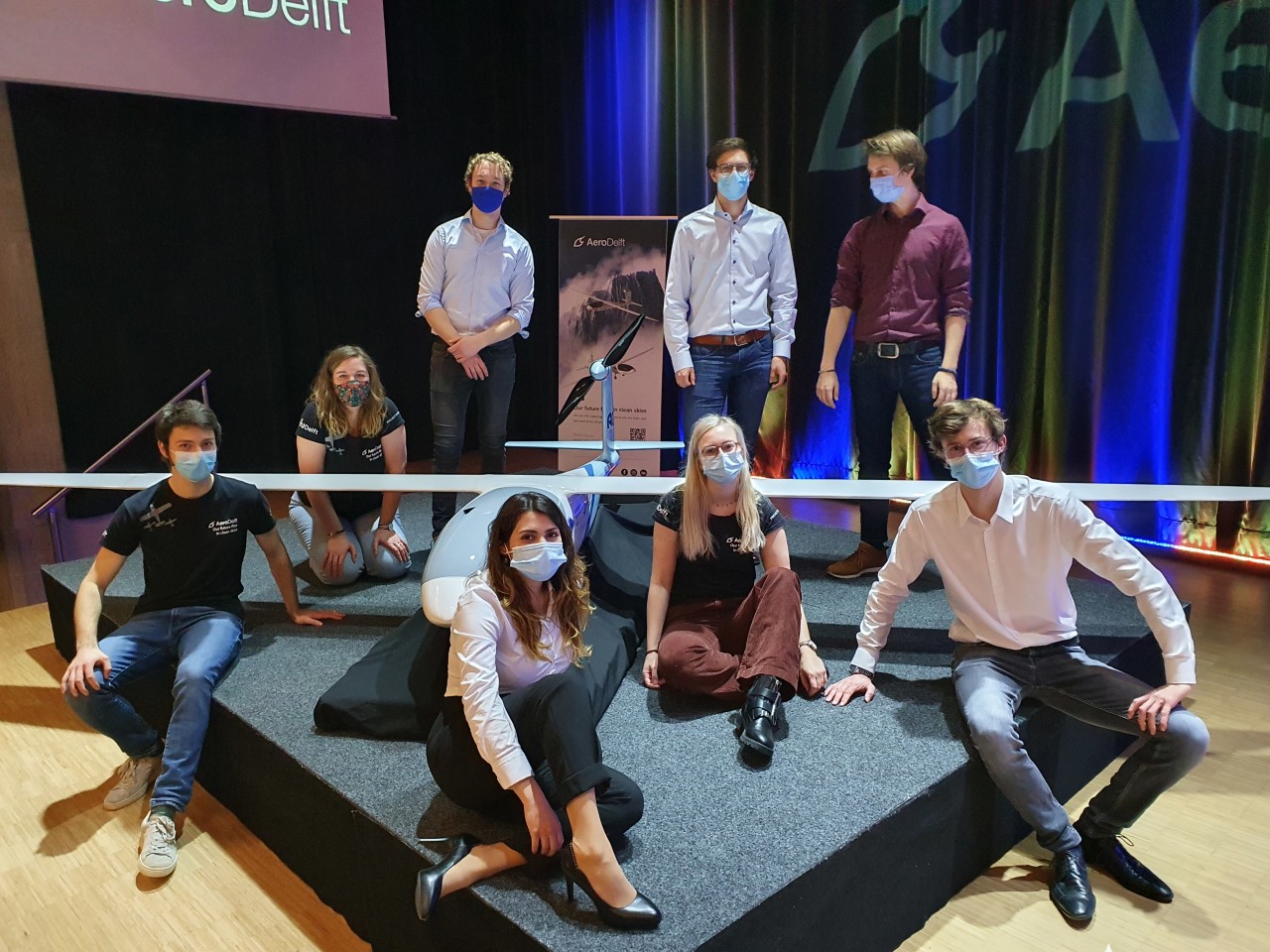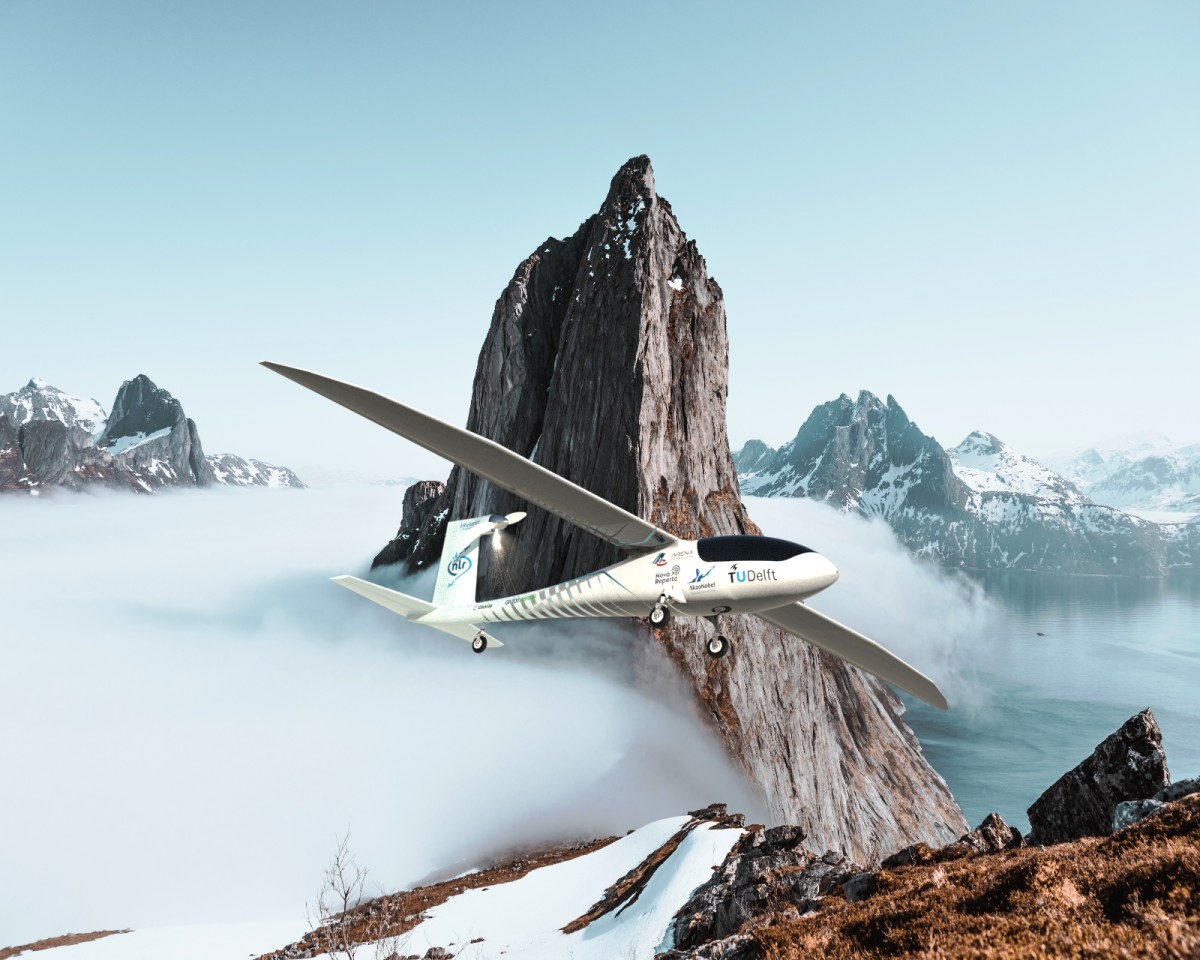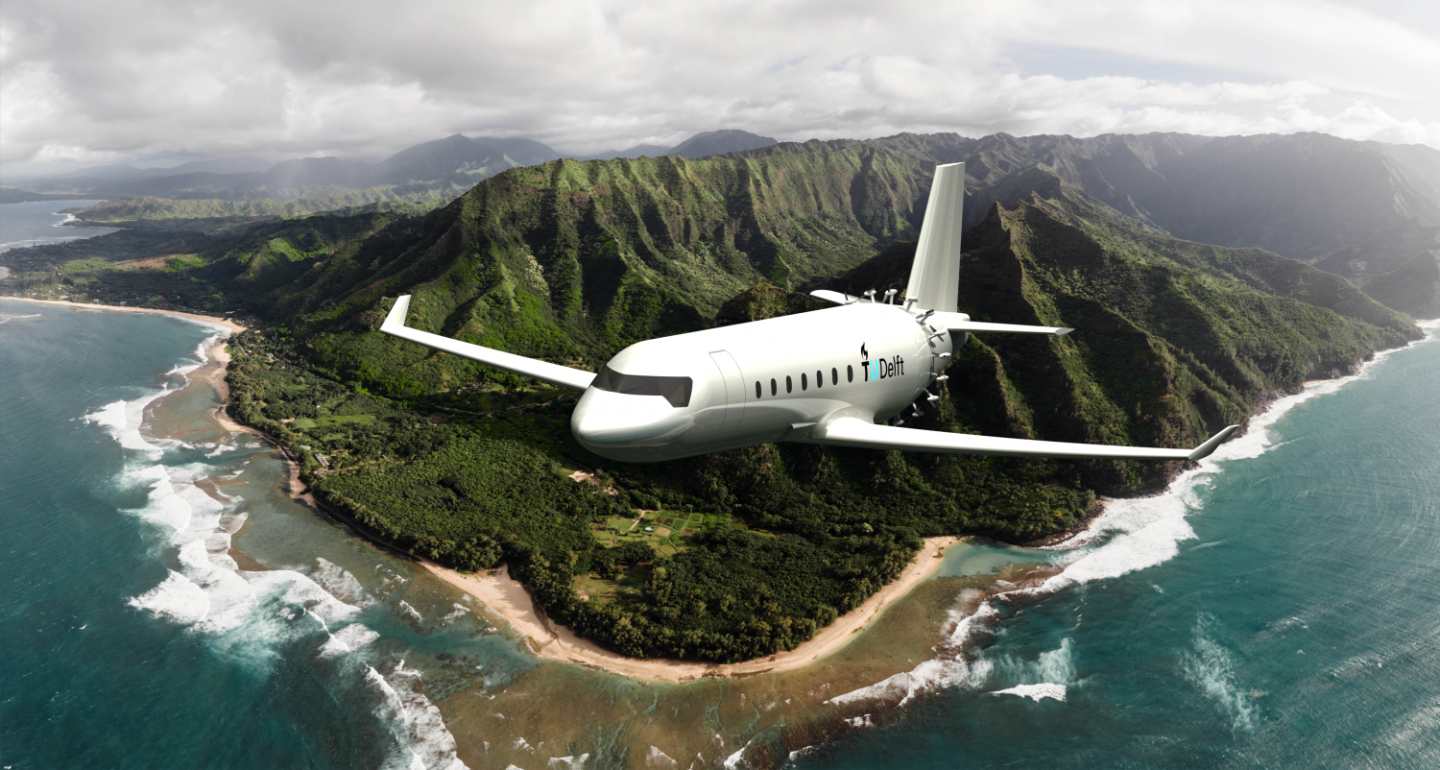We’ve written plenty about hydrogen’s potential as a transformative technology for green aviation; in gaseous form, hydrogen offers an energy density much higher than lithium batteries, and that offers a genuine path toward the decarbonization of short-to-medium range air travel.
But the biggest planes are the biggest emitters, and to eliminate emissions from long-range airliners, compressed gas hydrogen systems – which offer about half the range of an equivalent jet fuel powertrain – will never be able to do the trick. For that, we’re going to need liquid hydrogen systems.
Liquid hydrogen systems can store upwards of three times the energy by weight of a gaseous system, meaning that a large-scale liquid hydrogen airliner could conceivably fly farther than today’s fossil burners.
It’s not quite that simple. Liquid hydrogen has terrific energy density by weight, but terrible density by volume, so you’d need to design your aircraft with significantly more fuel storage space and potentially deal with additional drag as a result. But it may be one of the only clean fuel technologies that can get zero-emission intercontinental airliners into mainstream use in the medium term.
All of which makes this pioneering work from AeroDelft very exciting indeed. A team of 44 students from TU Delft in the Netherlands has been beavering away on the “world’s first liquid hydrogen fuel cell aircraft,” and has now presented a 1/3-scale prototype that is scheduled for its first public flight this July.

AeroDelft
The Phoenix will be a hydrogen-retrofitted version of the two-seat e-Genius electric glider, developed at the University of Stuttgart and first flown in 2011. The e-Genius has flown over 400 km (250 miles) in its record-breaking history on battery power alone. It can get around 1,000 km (620 miles) using a petrol-powered range extender. The full-sized Phoenix will carry 10 kg of liquid hydrogen, with an estimated range of 2,000 km (1,240 miles) and an endurance up to 10 hours in the air.
The one-third scale, remote-controlled prototype is not small; it’s got a 5.7-m (around 19-ft) wingspan, weighs 50 kg (110 lb) and carries 1 kg (2.2 lb) of liquid hydrogen, enough for an estimated endurance around 7 hours and a range around 500 km (310 mi). The hydrogen is kept in a cryogenic tank at -253 °C (-423 °F), and warmed up to 0 °C (32 °F) using “a complex tubing system” before being run through a 1.5-kW fuel cell to charge a buffer battery that powers the electric propeller motor on the aircraft’s tail.
The AeroDelft team plans to fly the Phoenix this July on battery power, then on gaseous hydrogen a few months later, and finally, somewhere around (Northern Hemisphere) Fall this year, the students will fit the liquid hydrogen system.

AeroDelft
“Development of the liquid hydrogen system is going swimmingly,” said Prototype Project Manager Sam Rutten. “We’re ending the design phase. Liquid hydrogen is a very difficult thing to work with. For it to stay liquid, you need to cool it to around 20 Kelvin, very close to absolute zero. Our Propulsion team has developed a special tank, and also other support systems, which will allow us to fly with liquid hydrogen. We’re already starting the production phase, the first steps have already been taken to construct this tank according to all the relevant certification.”
The full-size two-seat Phoenix is also already being built, with a reveal scheduled for July. It should fly on gaseous hydrogen by summer 2022, and the first full-scale liquid hydrogen flight is planned for 2024. Both the prototype and the full-size Phoenix stand to set all kinds of records, but the project is also focused on advancing hydrogen aviation by working with certification boards to develop a framework within which a liquid hydrogen aircraft can be certified, identifying risks related to liquid hydrogen aviation and working out systems to help mitigate them.
Commercializing the Phoenix is not on the team’s radar at this point, although it’s happy to speak to anyone who’d like to take that on. AeroDelft does have plans for a larger scale aircraft though, including a liquid hydrogen airliner capable of flying 19 passengers plus pilots up to 925 km (570 mi), which it calls the Greenliner. There are technical mountains to climb with the Phoenix, however, before the Greenliner project gets too far along.

Greenliner
The Phoenix is a very exciting project in a field that has genuinely transformative potential. The world needs liquid hydrogen to advance in leaps and bounds if we’re to eliminate the roughly 2 percent of global greenhouse gas emissions contributed by the aviation sector. It’s terrific to see the Delft team making significant progress, and we look forward to following the Phoenix through the remainder of the project.
Check out the prototype launch presentation below.
Prototype Model Reveal
Source: AeroDelft via Robb Report
Source of Article